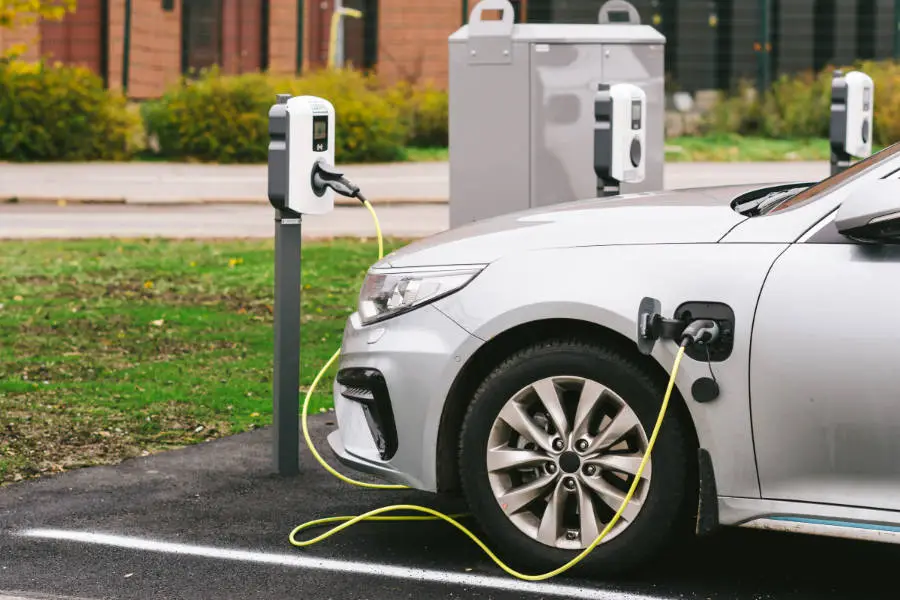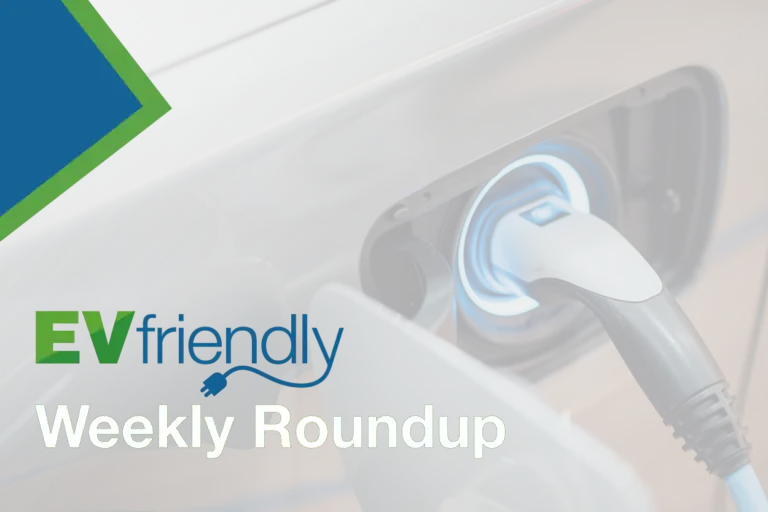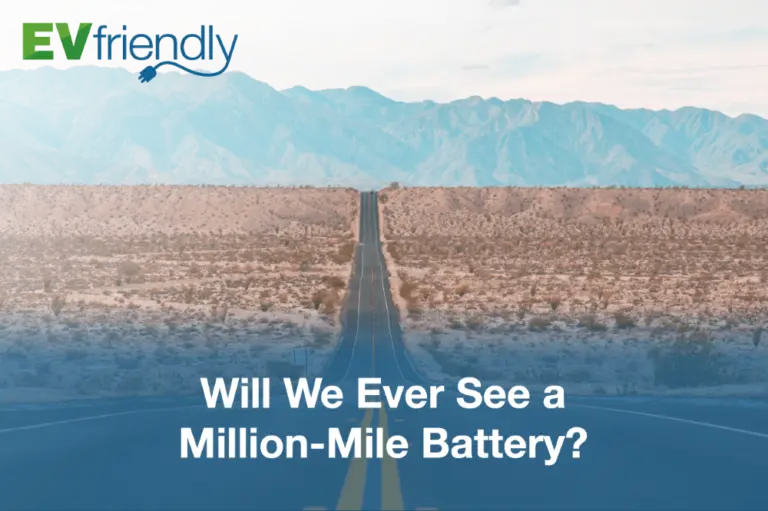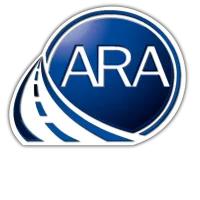EV Charging: Where, When, How?
BEVs (battery-electric vehicles) and PHEVs (plug-in hybrids) need to be charged by connecting the onboard charging unit to a household electrical outlet or a charging station. How often you will have to do this, and how far you can go between charges, depends on the capacity of the High-Voltage battery.
There are three levels of charging available:
Level 1
Every EV comes with a small, portable EVSE (Electric Vehicle Supply Equipment). This allows the vehicle to be slowly recharged anywhere electricity is available. EVSEs are portable, allowing EV drivers to charge wherever where they can plug in.
Level 1 is the slowest way to charge, adding 8-10 km of range per hour of charging time. The OEM charge cord supplied with most EVs handles 1,440 watts. Helpful math: 120v X 12 amps = 1,440 watts, or 1.4kW. One hour charging at Level 1 will put about 1.4kWh of energy into the battery. Therefore, a 40kWh battery will need about 28.5 hours to fully charge.
Level 2
This is the ideal means by which EVs can be charged. Level 2 offers the best experience considering the low user cost, durability, relatively quicker charge times, and the small space required for the equipment. Level 2 chargers are not ideal for long distance travel, except for overnight charging.
Level 2 is ideal for day-to-day use. Average home charging stations handle 30 or 32 amps. Most EVs have a 30-amp onboard charger. This is the sweet spot for EV owners, allowing users to enjoy a full battery every morning after an overnight charge. Level 2 at 30 amps nets 40-50km of range per hour charged.
For more information about installing a Level 2 charger, visit the B.C. Hydro website.
Level 3
Direct Current Fast Chargers (DCFC) are large and costly, and deliver massive amounts of power quickly to keep charge times short. These are perfect for commercial use, such as taxis, and long distance touring. These charging stations are popping up all over, in commercial and retail establishment parking lots, and even in some highway rest stops.
Charging by DCFC bypasses the BEV’s onboard charger and delivers DC current straight into the battery at high speed. Charging speeds vary by charger and vehicle capacity. Most first generation DCFC stations (2010-2018) operate at 50kW, roughly 7.5 times faster than a Level 2. DC fast charging is the solution for fast recharge times or long distance travel. Some BEV manufacturers are working on 350kW DC fast charger.
Where Do EV Owners Charge Their Vehicles?
EVs can be charged anywhere power is available using the 120v EVSE. Plug Share and other vendors produce EV charging maps showing all types of EV charge points. Most EV owners charge at home. Many workplaces also offer charging solutions for staff and customers. Many retailers offer free, for fee-based public charging. Many parks and public spaces also offer paid or free charging.
Visit the sites below to learn more about public charging:
Is the EVSE That Came With My EV Good Enough?
Do you need to spend more for an upgrade? You do need to know the range a charger will deliver. Whether you need to upgrade will depend upon the range and your needs. You will need to know what charger is compatible with the vehicle. Some chargers are dual Level 1 and 2. Level 1 may be sufficient, but if you’re traveling longer ranges you will need to upgrade to a Level 2.
Portable chargers are now growing in popularity. Older charger models were hard-wired, mounted in the garage. Now you can take charger with you. Many EV owners want a second charger, just in case.
The SAE J-1772 is the standard connector for level 1 and Level 2 across all brands, except Tesla.
If you want to charge from home you should contact a qualified electrician. You may need to consider the following:
- An electrical upgrade may be required, such as securing a dedicated circuit for plugging in a charger
- Costs start at roughly a few hundred and go up from there
- A permit may be required
You will also want to know what it costs to charge your EV and if there are any incentives.
Equipment can cost several hundred dollars and up. Newer smart chargers come Wi-Fi enabled. Older chargers get the job done and are cheaper but you may prefer the features of smart charger.
Anyone who is buying an EV should have an electrician evaluate his or her home/power source. You must be careful because you can overload a circuit. You will likely want a dedicated line. Make sure that wherever and however you are charging the EV, it is capable of safely performing the task. A qualified electrician can determine whether the electrical panel is able to handle charging. If not, then upgrading will be required. Considerations include how far away the car is from the electrical panel. The farther it is, the more conduit has to be laid. This may also increase costs.
This may also involve putting the line on a dedicated circuit. Most homes utilize shared circuits. Running multiple appliances can overload the circuit and trip a breaker. You want a dedicated line to charge your EV. The best way to frame this is, it starts with a few hundred dollars, and that is about the cheapest it gets.
The BC hydro website will answer many of your questions.






